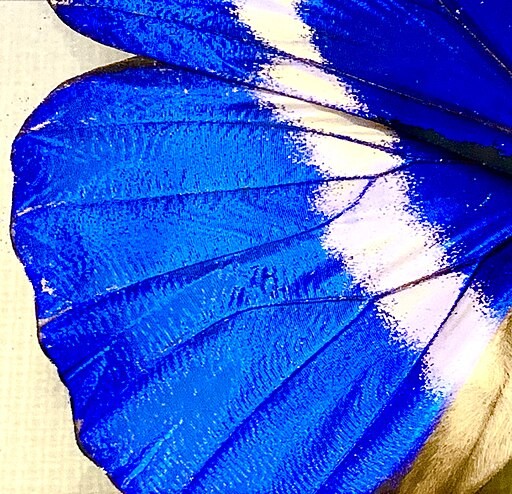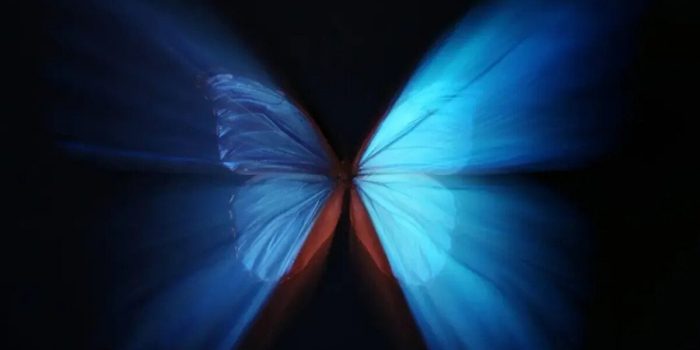Scientists have found inspiration in the nanostructures found in butterfly wings to overcome the issue of heating in colored cooling films that often occurs during hot periods. This breakthrough was reported by the journal OPTICA in a press release on Thursday.
The newly-developed films do not absorb any light, making them perfect for external applications on buildings, vehicles, and equipment. They offer the advantage of reducing the energy required for cooling while maintaining their vibrant color properties.

“In buildings, large amounts of energy are used for cooling and ventilation, and running the air conditioner in electric cars can reduce the driving range by more than half,” said research team leader Wanlin Wang from Shenzhen University in China. “Our cooling films could help advance energy sustainability and carbon neutrality.”

Taking cues from morpho butterflies, which exhibit a striking blue color due to the nanostructure of their wings, the researchers designed nanofilms that mimic these structures. Unlike traditional paint, these nanofilms produce brilliant colors without absorbing light.
“With our new films, excellent cooling performance can be achieved, no matter the desired color, saturation or brightness,” said Wang. “They could even be used on textiles to create clothes of any color that are comfortable in hot temperatures.”
Previous attempts at passive photonic thermal management were limited to white or clear objects because it was challenging to maintain a wide viewing angle and high color saturation. However, with this new technology, the scientists successfully created blue, yellow, and colorless films. They tested these films outdoors at Shenzhen University on various surfaces such as roofs, cars, cloth, and cell phones from 9 a.m. to 4 p.m., both in winter and summer.
“Thanks to the layered structure we developed, we were able to extend the passive cooling method from colorless objects to colorful ones while preserving color performance,” said Wang. “In other words, our blue film looks blue across a large range of viewing angles and doesn’t heat up because it reflects all the light. In addition, high saturation and brightness can be achieved by optimizing the structure.”

The results were impressive, demonstrating that the cooling films lowered the temperature of colored objects by approximately 35 Fahrenheit (2 Celsius) below the ambient temperature.
In winter, the films were more than 59 degrees Fahrenheit (15 Celsius) cooler than the surfaces they were applied to, and in summer, they were 95 degrees Fahrenheit (35 Celsius) cooler.
The researchers keeping this in view have planned to study further into it and improve other properties of the film as well which might include mechanical and chemical robustness.


